Home>Gardening & Outdoor>Plant Care & Gardening Tips>When Do You Prune Mums
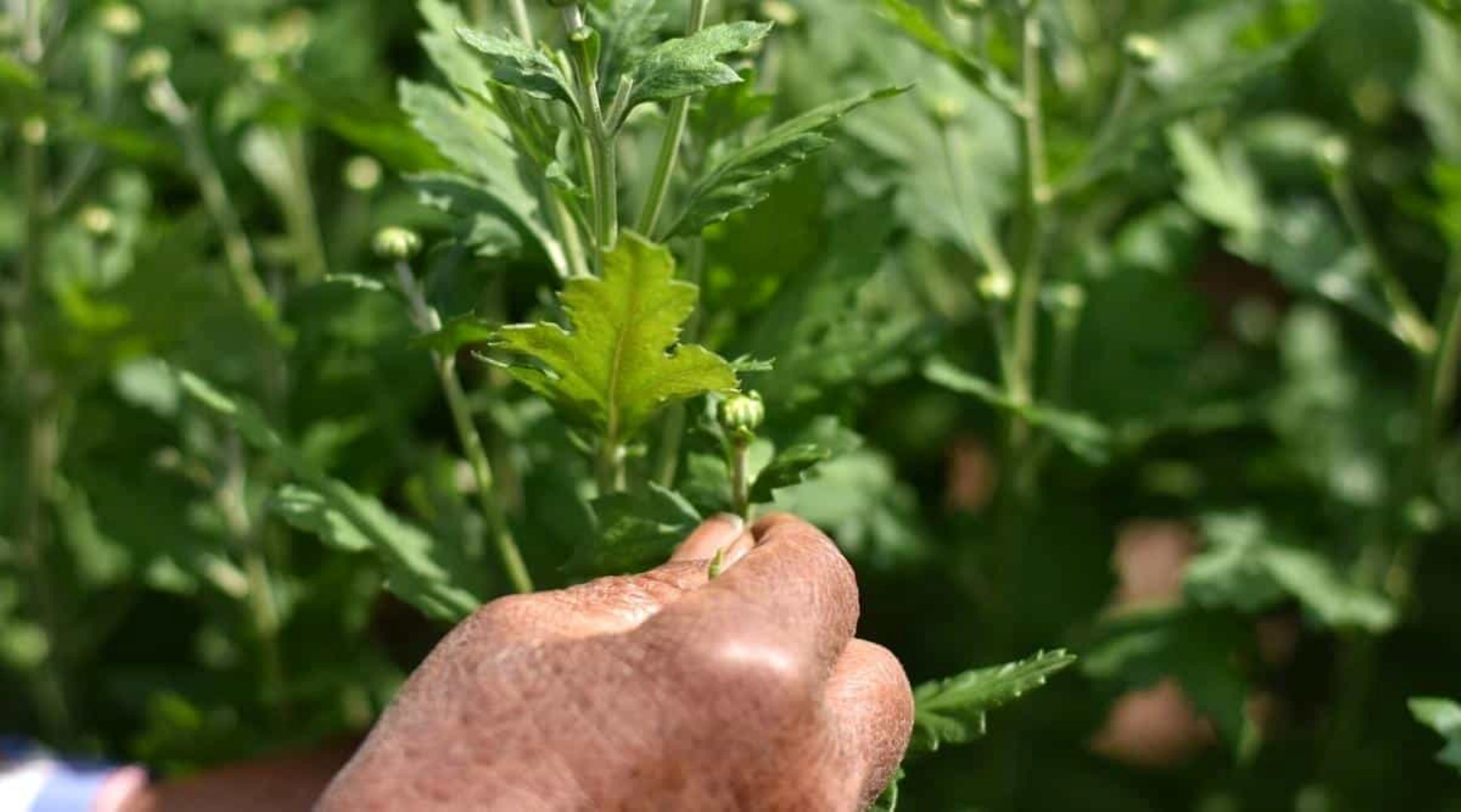

Plant Care & Gardening Tips
When Do You Prune Mums
Modified: October 18, 2024
Learn the best time to prune mums for healthier plants and more blooms. Get expert plant care and gardening tips for stunning mums.
(Many of the links in this article redirect to a specific reviewed product. Your purchase of these products through affiliate links helps to generate commission for Storables.com, at no extra cost. Learn more)
Introduction
Pruning is an essential practice in gardening that promotes the health and vitality of plants. When it comes to mums, also known as chrysanthemums, knowing when and how to prune them is crucial for ensuring their optimal growth and stunning blooms. These vibrant and versatile perennials are cherished for their ability to add a burst of color to gardens and outdoor spaces, making them a popular choice among gardening enthusiasts.
Understanding the intricacies of mum pruning can significantly impact the overall appearance and longevity of these beautiful flowers. By learning the best techniques for pruning mums, you can encourage robust growth, prevent disease, and promote the development of abundant, eye-catching blossoms. Whether you're a seasoned gardener or just starting out, mastering the art of mum pruning will undoubtedly elevate your gardening prowess.
In this comprehensive guide, we will delve into the intricacies of pruning mums, exploring the optimal timing for this practice, the techniques to employ, and the essential tools required to execute the process effectively. By the end of this article, you will be equipped with the knowledge and confidence to prune your mums with precision, ensuring that they thrive and flourish throughout the growing season. So, let's embark on this horticultural journey and unravel the secrets of nurturing healthy, vibrant mums through the art of pruning.
Key Takeaways:
- Prune mums in late spring for vibrant blooms. Use pinching technique and remove spent blooms to promote bushier growth and healthy flowers.
- Equip with pruning shears, floral scissors, and gloves for precise pruning. Prune mums with care and attention to nurture their natural beauty.
Read more: How Do You Prune Groundcover Roses?
Best Time to Prune Mums
Pruning mums at the right time is crucial for their overall health and blooming potential. The timing of pruning directly impacts the plant's ability to produce robust and abundant flowers. Understanding the best time to prune mums involves considering the specific growth stages of these perennials and the climatic conditions in your region.
In general, the optimal time to prune mums is in the spring, around mid to late May. This timing allows for the removal of any dead or damaged growth from the previous season while encouraging the development of new shoots. By pruning in late spring, you can promote bushier growth and enhance the plant's ability to produce more flower buds.
It's important to note that the timing of mum pruning may vary based on your specific location and climate. In regions with milder winters, where mum plants may not experience severe frost, pruning can even be done in late winter or very early spring. On the other hand, in areas with harsh winters, it's advisable to wait until the danger of frost has passed before pruning, as this helps protect the plant from potential damage.
Another key consideration for timing is to avoid pruning mums too late in the growing season. Pruning too close to the flowering period can disrupt the natural growth cycle and may result in fewer blooms. Therefore, it's best to complete the pruning process well before the buds begin to form, allowing the plant to focus its energy on developing strong, healthy flowers.
In summary, the best time to prune mums is in the spring, typically around mid to late May, or when the danger of frost has passed in your region. By adhering to this timeline, you can set the stage for vibrant and prolific blooms, ensuring that your mums dazzle with their radiant colors and lush foliage throughout the growing season.
How to Prune Mums
Pruning mums is a delicate yet rewarding task that involves strategic techniques to promote healthy growth and abundant flowering. When approaching the pruning process, it's essential to employ precise methods that encourage the development of robust stems and lush foliage, ultimately leading to a stunning display of blossoms. Here's a step-by-step guide on how to prune mums effectively:
-
Assess the Plant: Before initiating the pruning process, carefully examine the mum plant to identify any dead or damaged growth from the previous season. Look for wilted or discolored stems, as well as any signs of disease or pest infestation. Removing these unhealthy elements is crucial for the overall well-being of the plant.
-
Identify New Growth: Once you've assessed the plant, focus on identifying the new growth emerging from the base of the plant. These fresh shoots are vital for the mum's future blooming potential. Look for healthy, green stems that indicate vigorous growth and the formation of flower buds.
-
Pinching Technique: One of the most effective methods for pruning mums is the pinching technique. Using your fingers or pruning shears, gently pinch or trim the top inch or two of each stem. This encourages the development of lateral shoots, resulting in a bushier and more compact growth habit. Repeat this process every few weeks, especially during the early stages of growth, to promote branching and enhance the plant's overall fullness.
-
Remove Spent Blooms: As the mum plant begins to produce flowers, it's essential to deadhead or remove spent blooms regularly. This practice not only maintains the plant's aesthetic appeal but also redirects its energy towards producing new flower buds. Simply snip off the faded blossoms just above a set of healthy leaves or lateral bud, using clean and sharp pruning shears.
-
Maintain Adequate Air Circulation: Throughout the growing season, ensure that the mum plant has sufficient air circulation around its stems and foliage. This helps prevent the development of fungal diseases and promotes overall plant health. Pruning away any overcrowded or overlapping stems can create a more open and airy environment for the plant.
-
Support Tall Varieties: For taller mum varieties that may require additional support, consider staking or using plant supports to prevent the stems from bending or breaking under the weight of the flowers. This proactive measure can protect the plant from damage and maintain its upright and graceful appearance.
By following these pruning techniques and practices, you can effectively nurture your mum plants, encouraging vigorous growth and a profusion of vibrant blooms. Remember to approach the pruning process with care and attentiveness, allowing the natural beauty of mums to flourish under your thoughtful guidance.
Tools for Pruning Mums
When it comes to pruning mums with precision and finesse, having the right tools at your disposal is essential for achieving optimal results. The proper selection of pruning tools can significantly impact the efficiency and effectiveness of the pruning process, ensuring that you can attend to your mum plants with care and accuracy. Here are the essential tools for pruning mums:
1. Pruning Shears
Pruning shears, also known as hand pruners or secateurs, are indispensable for trimming and shaping mum plants. Look for high-quality pruning shears with sharp, bypass blades that can cleanly cut through stems and branches. The bypass design is ideal for making precise cuts on live growth, promoting the plant's health and minimizing the risk of damage.
Read more: When Can You Transplant Mums
2. Floral Scissors
Floral scissors, characterized by their fine and delicate blades, are perfect for intricate pruning tasks, such as deadheading spent blooms and removing small, delicate stems. These specialized scissors provide the dexterity and precision required to maintain the mum plant's aesthetic appeal while promoting continuous flowering.
3. Hedge Shears
For larger mum varieties or when shaping multiple plants, hedge shears can be invaluable. These long-bladed shears enable you to trim and shape the foliage of mum plants with ease, creating uniform and well-defined silhouettes. When using hedge shears, ensure that the blades are sharp to achieve clean cuts without causing unnecessary stress to the plants.
4. Pruning Saw
In instances where thicker or woody stems need to be pruned, a pruning saw becomes indispensable. Opt for a pruning saw with a curved blade and a comfortable grip, allowing you to tackle tougher pruning tasks with efficiency and control. When using a pruning saw, exercise caution and precision to avoid causing damage to the mum plant's structure.
5. Gloves
While not a cutting tool, a pair of durable gardening gloves is essential for protecting your hands during the pruning process. Choose gloves that provide a balance of dexterity and protection, shielding your hands from thorns, rough stems, and potential irritants. Comfortable and well-fitted gloves enable you to work with confidence and minimize the risk of cuts or abrasions.
Read more: When Do Mums Bloom In Michigan
6. Disinfectant
Maintaining clean and sharp cutting tools is crucial for preventing the spread of diseases among mum plants. Keep a bottle of disinfectant spray or wipes on hand to sterilize your pruning tools before and after each use. This simple yet vital practice helps safeguard the health of your mum plants and minimizes the risk of transmitting infections during pruning.
By equipping yourself with these essential tools for pruning mums, you can approach the task with precision and confidence, nurturing your plants with the care and attention they deserve. With the right tools at your disposal, you can embark on the pruning journey, shaping and enhancing your mum plants to thrive and flourish in their natural beauty.
Conclusion
In conclusion, mastering the art of pruning mums is a rewarding endeavor that empowers gardeners to nurture these beloved perennials with precision and care. By understanding the best time to prune mums, employing effective pruning techniques, and utilizing the essential tools, you can elevate the health and beauty of your mum plants, ensuring a spectacular display of vibrant blooms.
As you embark on your mum pruning journey, remember that timing is key. Pruning in the spring, around mid to late May, or when the danger of frost has passed in your region, sets the stage for robust growth and abundant flowering. By adhering to this timeline, you can optimize the plant's potential and set the foundation for a flourishing garden.
When it comes to the actual pruning process, employing strategic techniques such as the pinching method and regular deadheading can promote bushier growth and continuous blooming. By removing dead or damaged growth and maintaining adequate air circulation, you can safeguard the plant's health and vitality, ensuring that your mums thrive throughout the growing season.
Equipping yourself with the right tools, including pruning shears, floral scissors, hedge shears, a pruning saw, gloves, and disinfectant, empowers you to approach the pruning task with confidence and precision. These essential tools enable you to attend to your mum plants with care, ensuring that each cut is made with the plant's well-being in mind.
Ultimately, the art of pruning mums is a harmonious blend of horticultural knowledge, attentive care, and a deep appreciation for the natural beauty of these resilient perennials. As you immerse yourself in the practice of mum pruning, embrace the opportunity to connect with your garden on a profound level, nurturing and shaping the growth of these captivating flowers.
So, as you venture into your garden, armed with newfound insights and a passion for nurturing plant life, may your mum pruning endeavors yield a bountiful harvest of radiant blossoms, each petal a testament to your dedication and expertise. Embrace the art of pruning mums, and watch as your garden transforms into a vibrant tapestry of color and vitality, a testament to the artistry of nature and the nurturing touch of a dedicated gardener.
Frequently Asked Questions about When Do You Prune Mums
Was this page helpful?
At Storables.com, we guarantee accurate and reliable information. Our content, validated by Expert Board Contributors, is crafted following stringent Editorial Policies. We're committed to providing you with well-researched, expert-backed insights for all your informational needs.
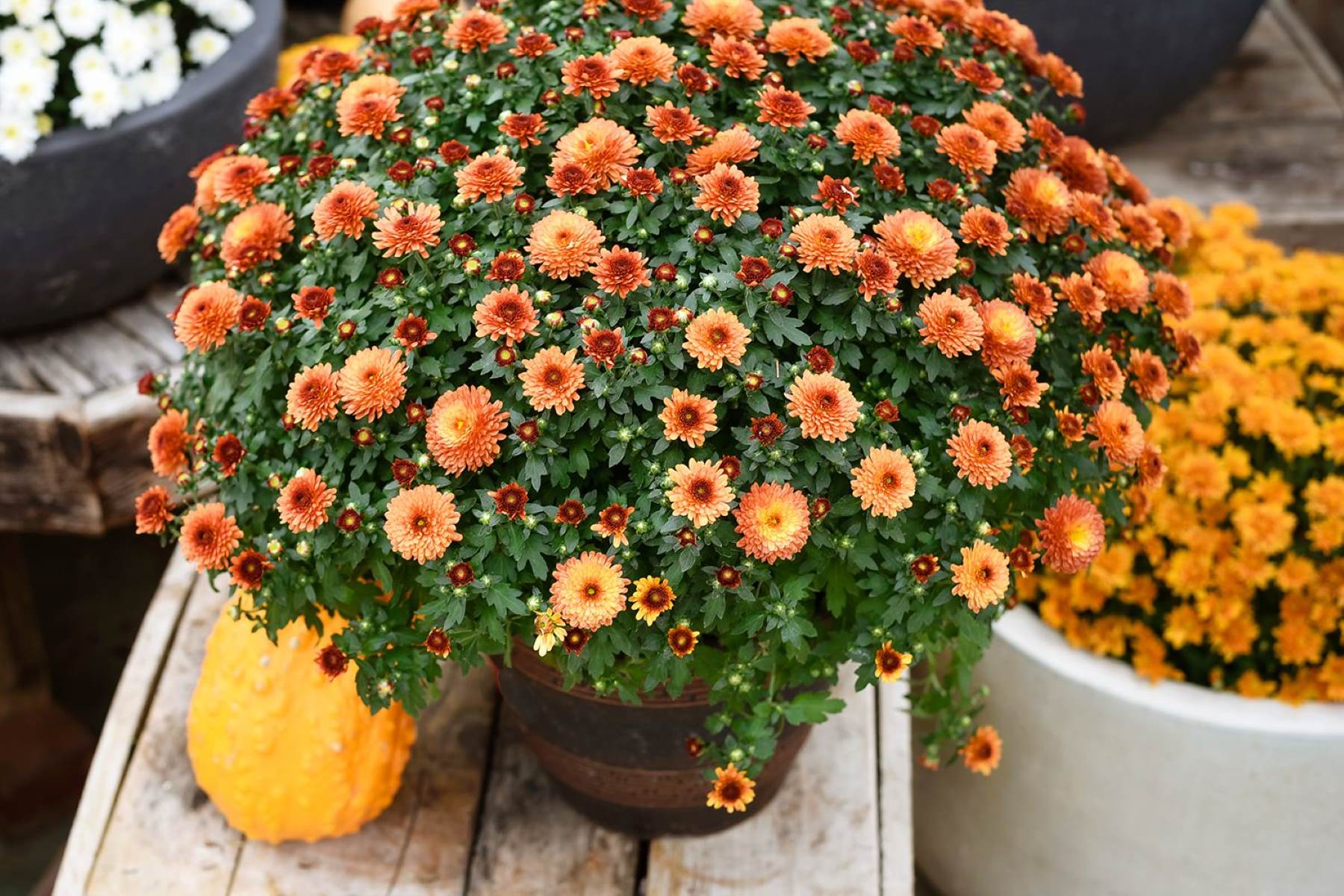
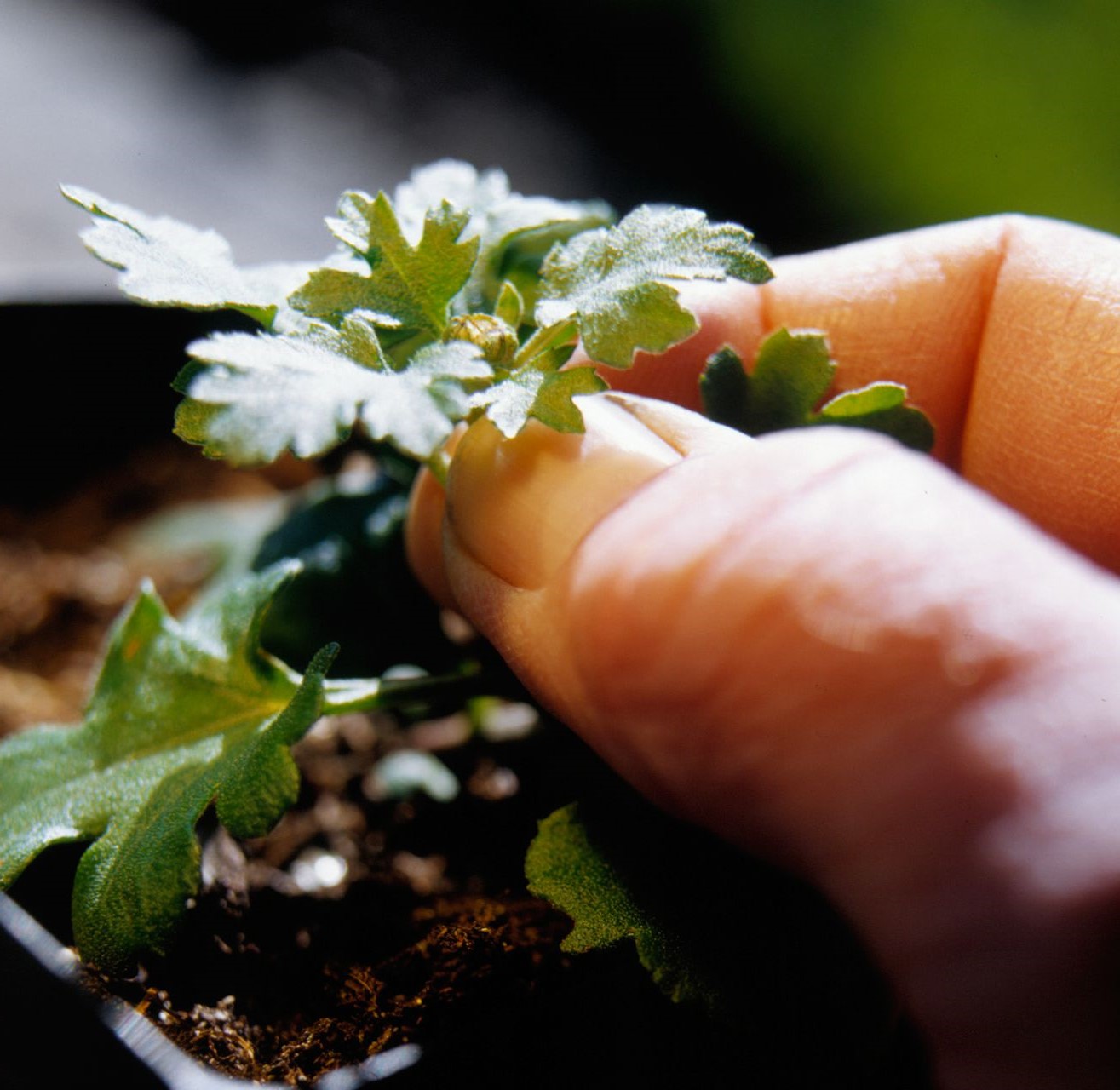
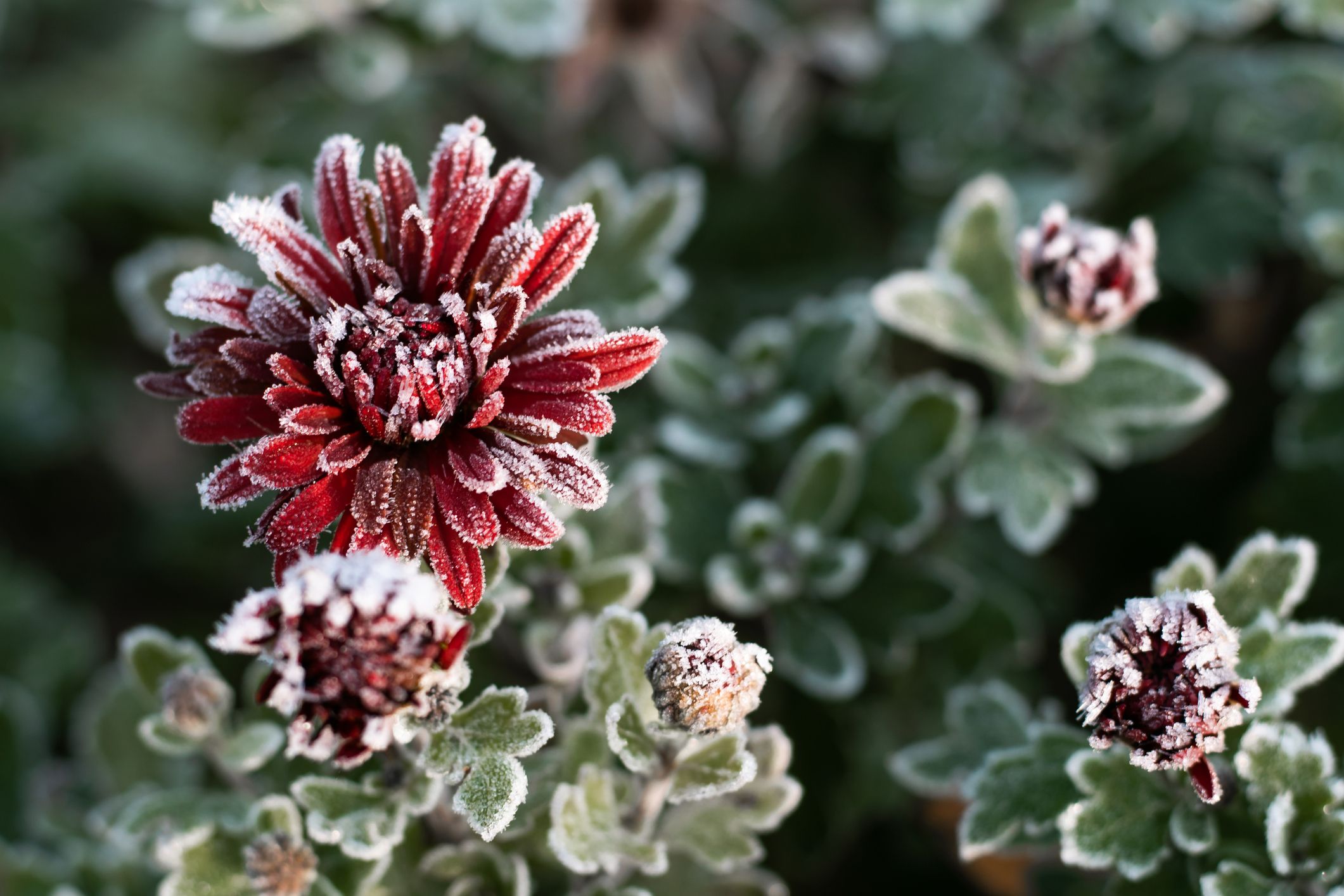
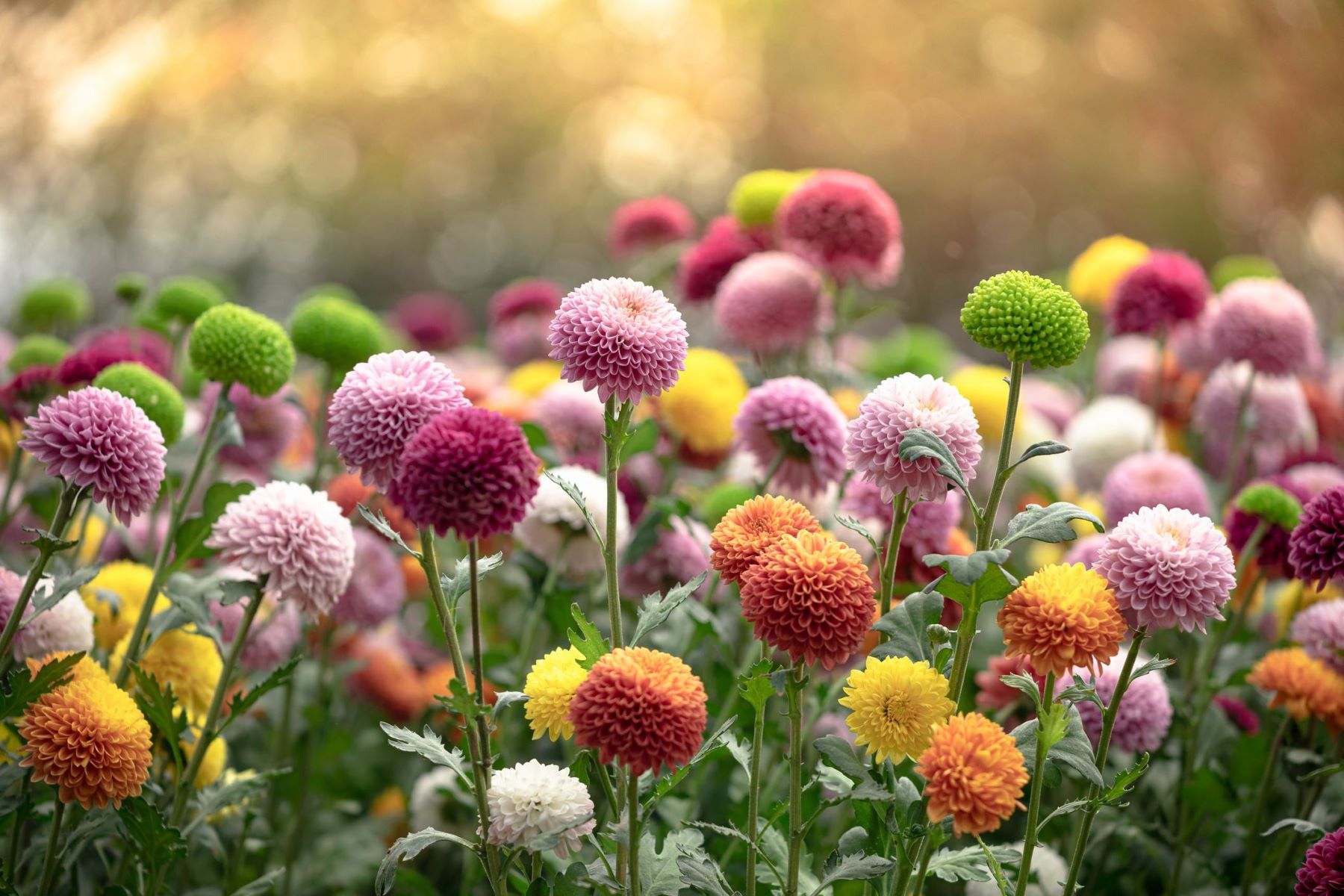
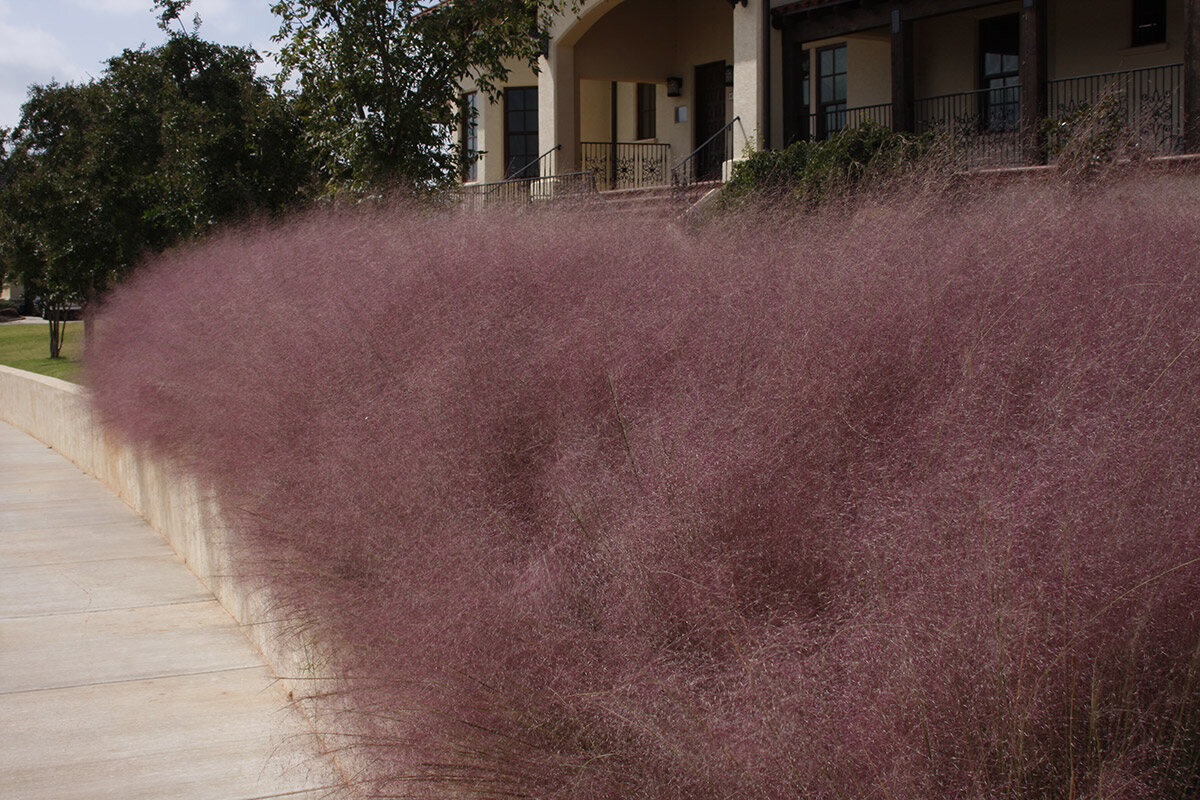
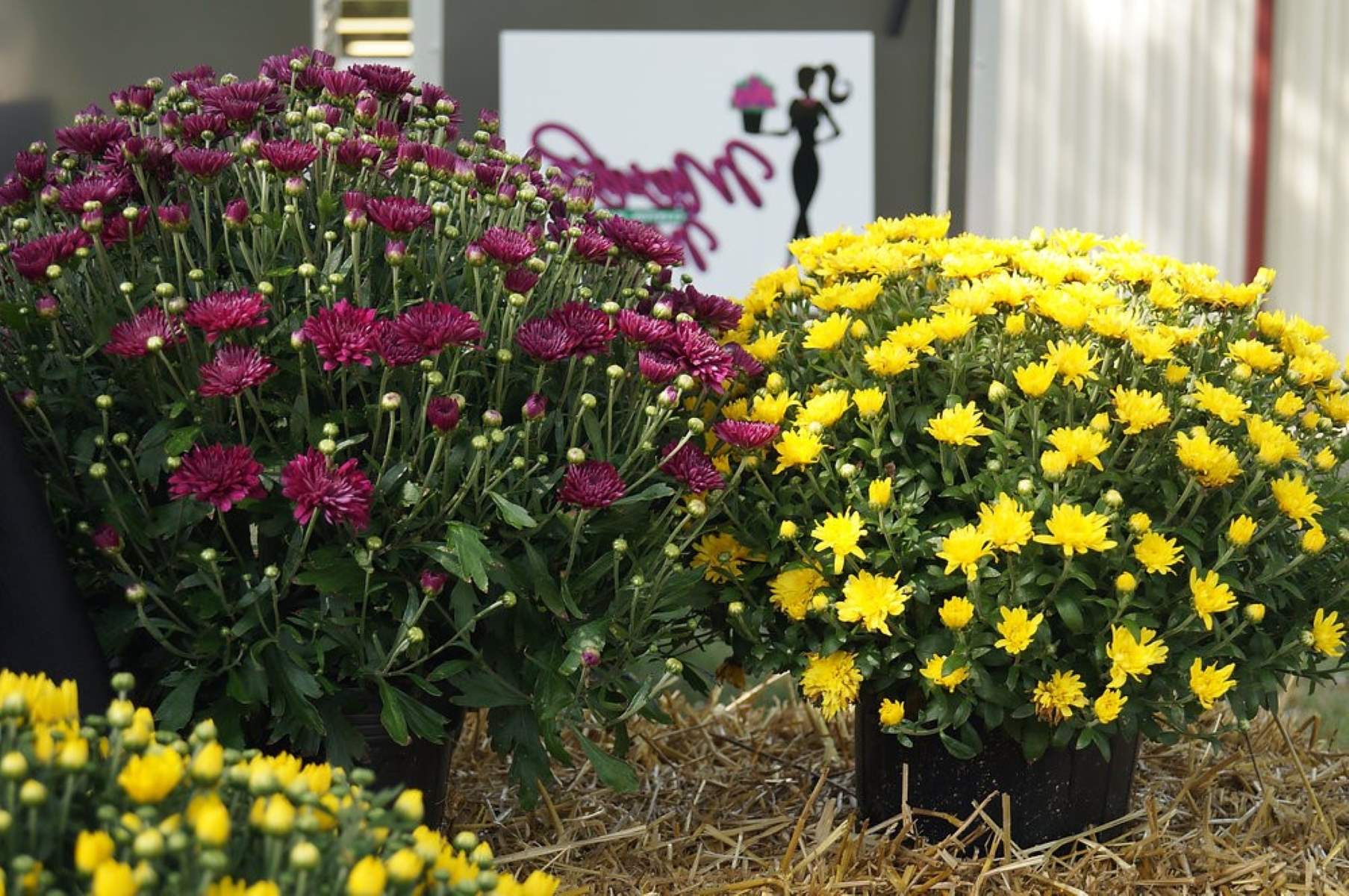
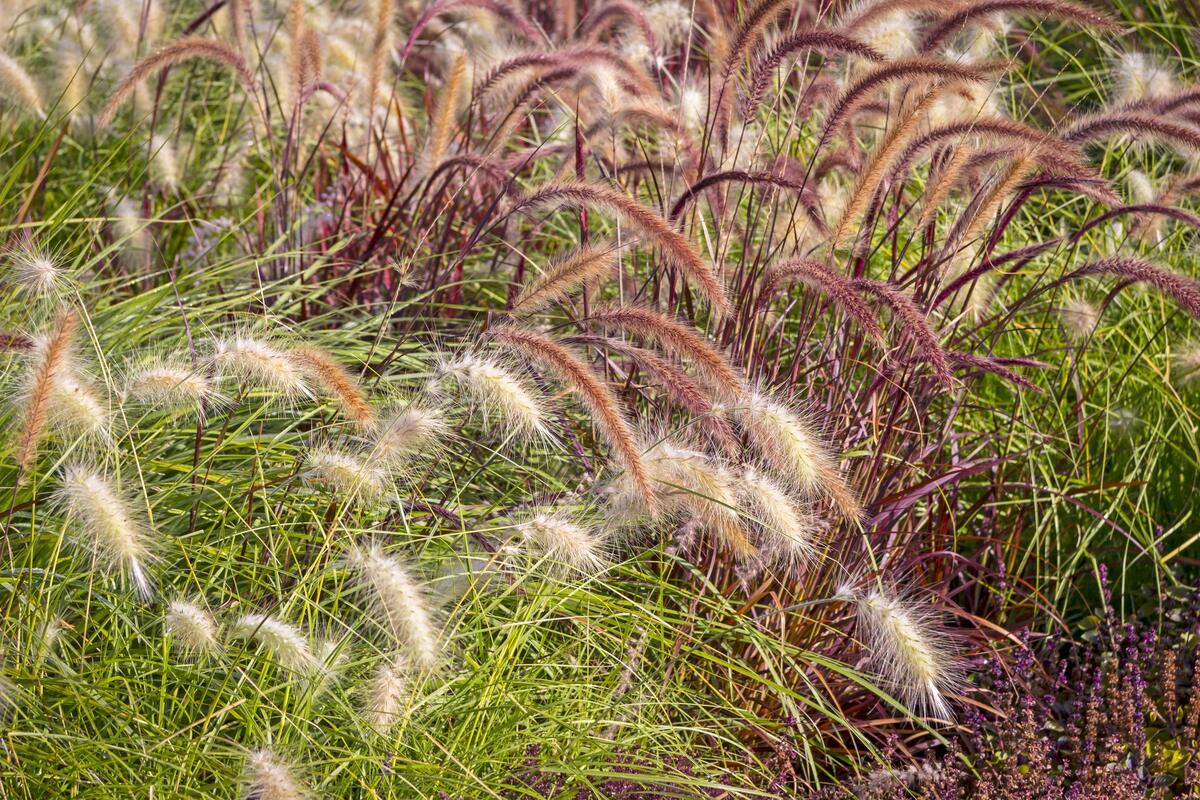
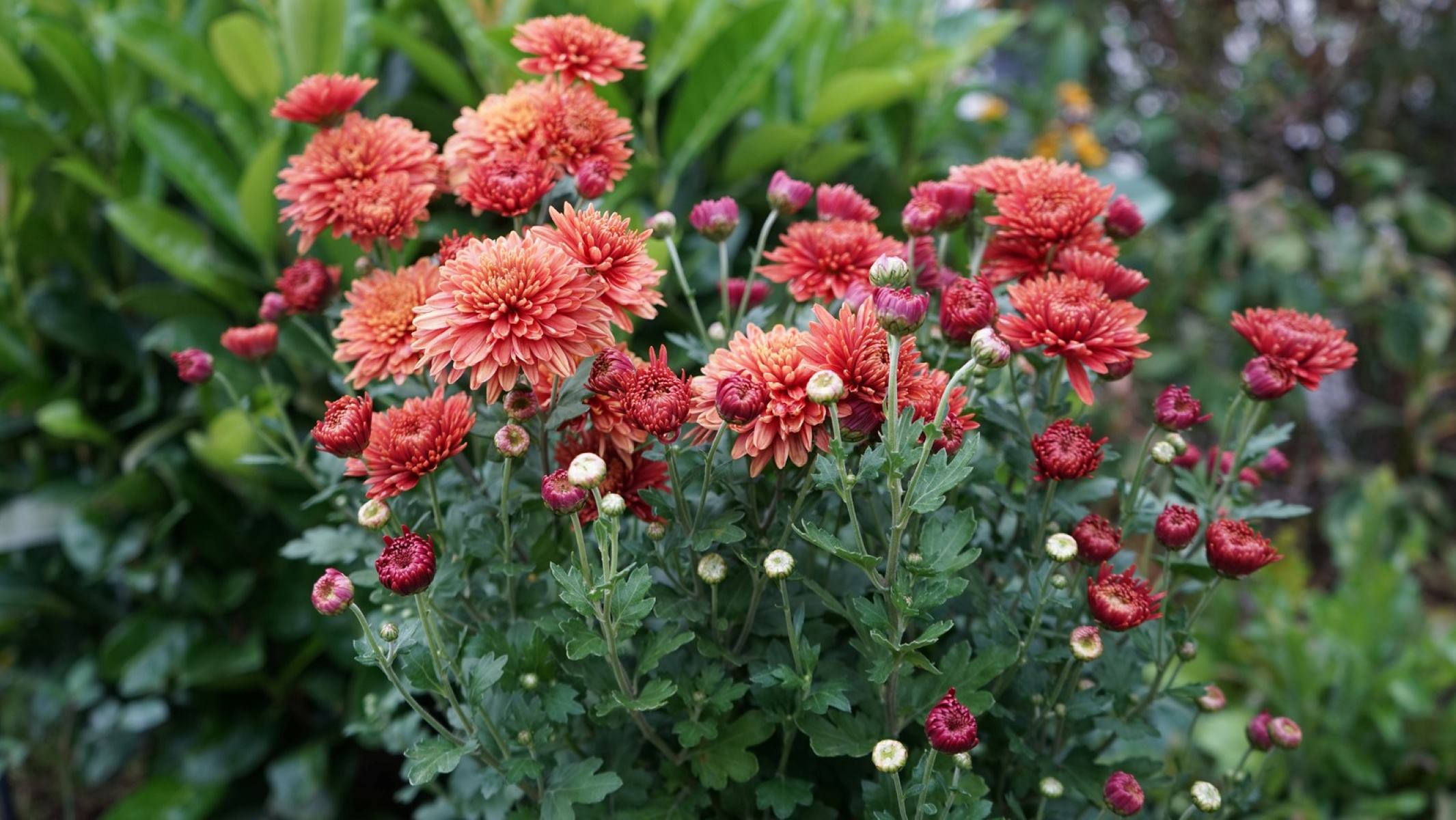
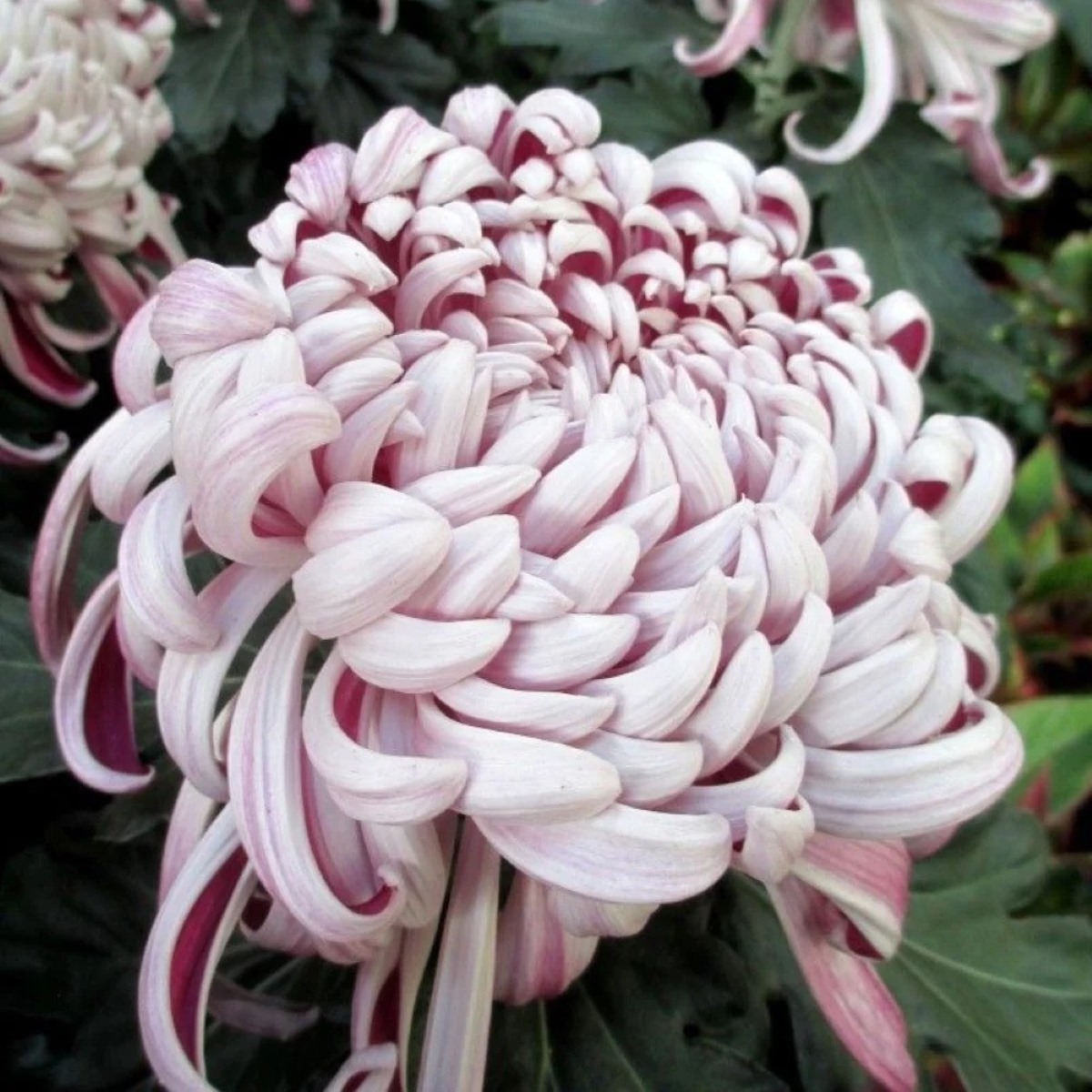
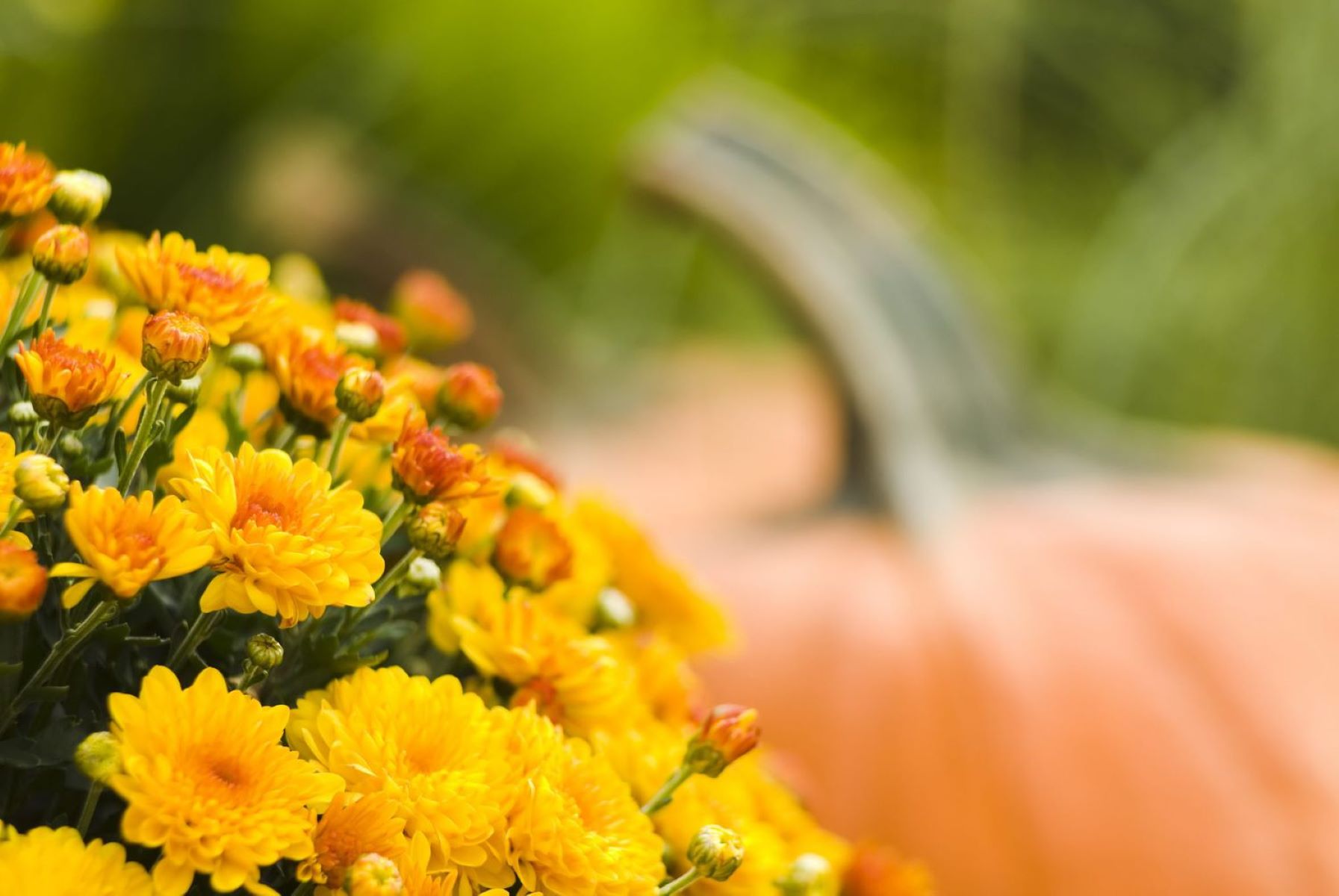
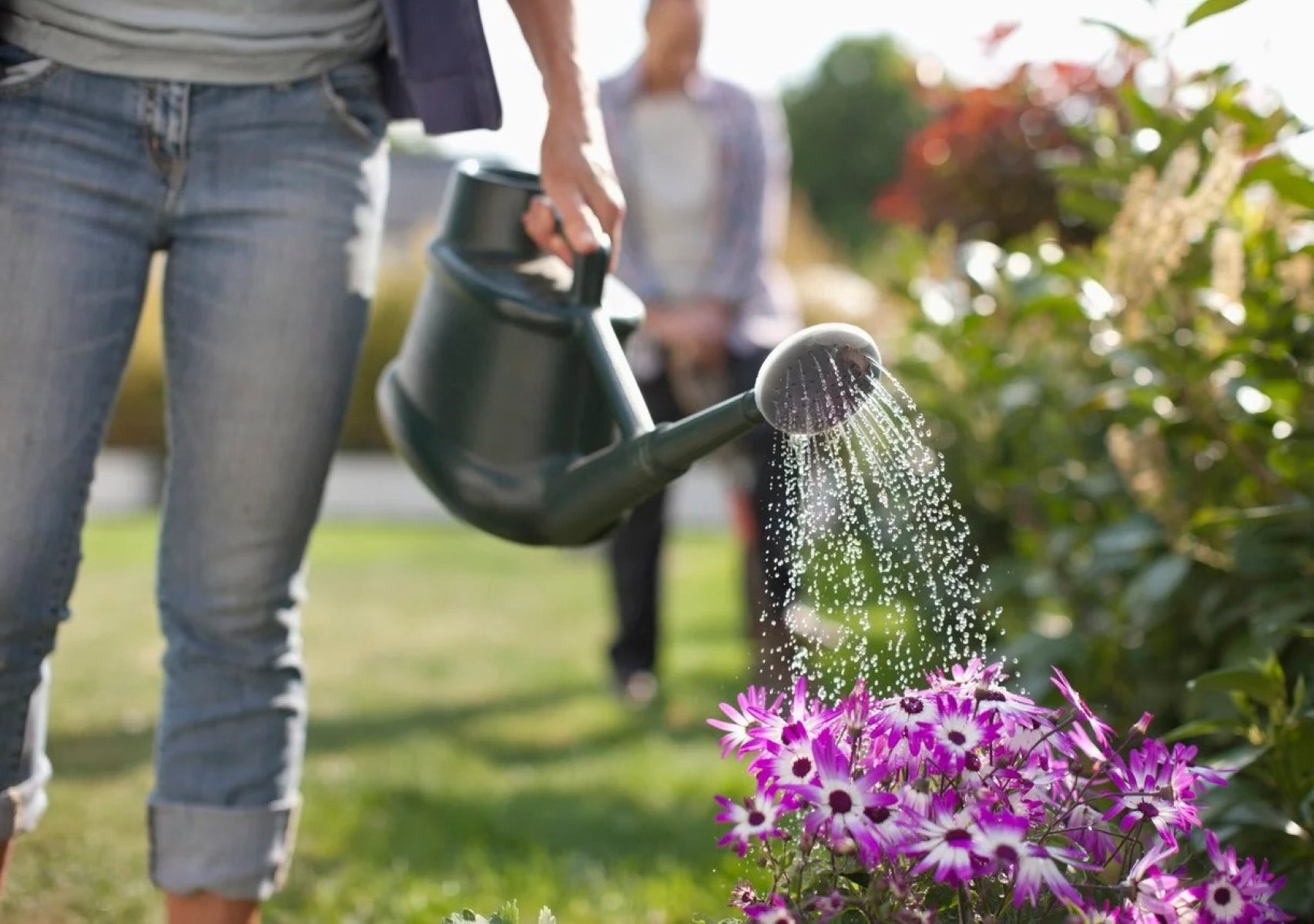



0 thoughts on “When Do You Prune Mums”